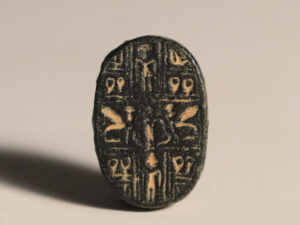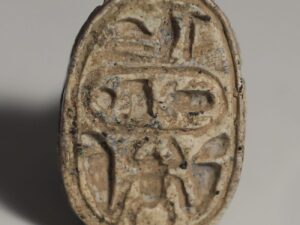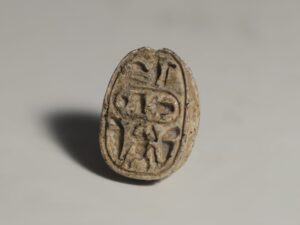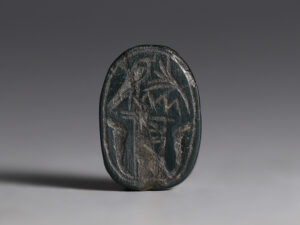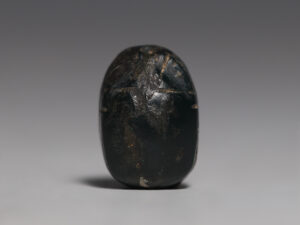In Ancient Phoenicia, as in many ancient societies, jewellery was an important social marker used to demonstrate wealth, social status and privilege. Unique to Phoenicia, however, was the variety of cultural influences that shaped their art and manufacture. The amuletic nature of this piece is to attribute to the scarab. Which, despite being a uniquely Egyptian innovation, soon became integrated into many neighbouring cultures that were in contact with the Ancient Egyptians, such as the Phoenicians. Although recognised as accomplished goldsmiths in their own right, many styles and motifs owed their origins to Mesopotamia, Greece, Syria, Cyprus, and more. This piece therefore represents the combination of different characteristics, showing the inter-connectivity of various civilisations in the ancient world through well-established trade routes, with different peoples often borrowing styles and artistic techniques from one another.
To find out more about different metal decorative techniques please see our relevant blog post: Decorative Metalwork Techniques.








